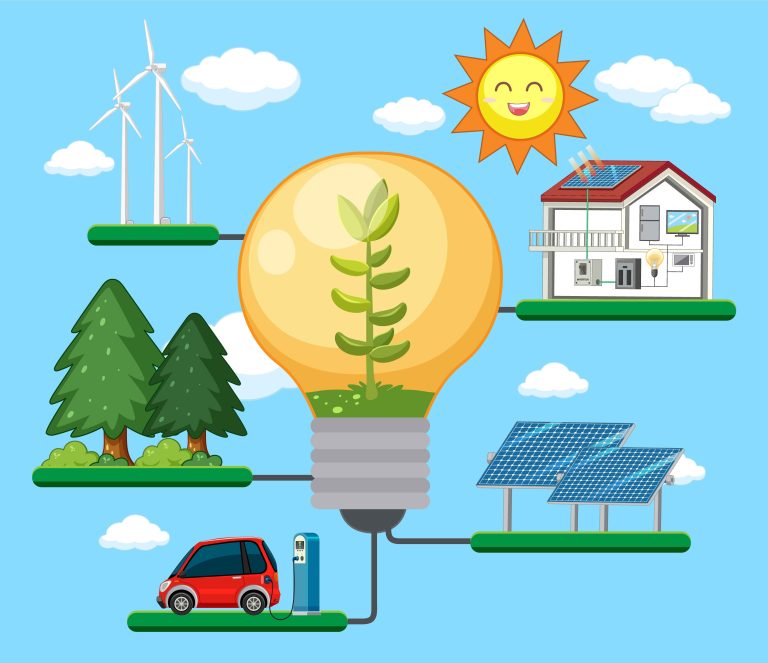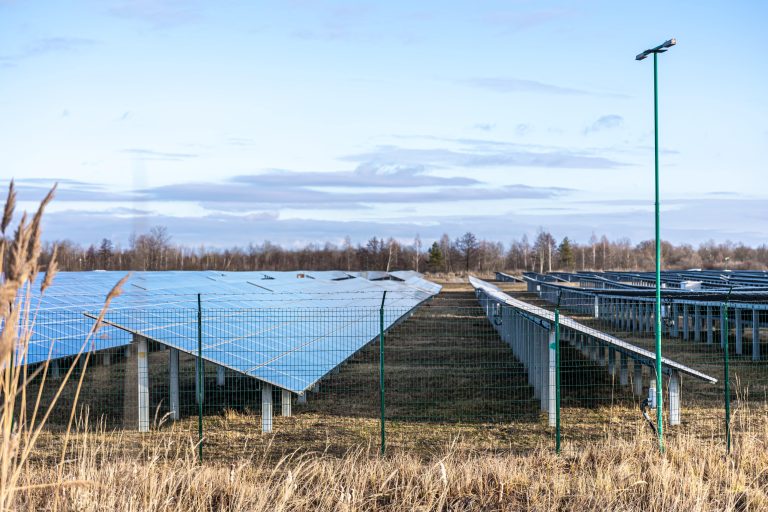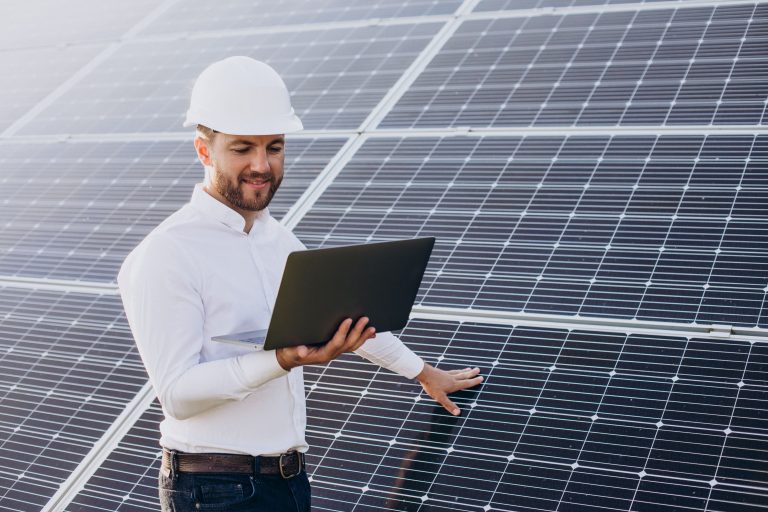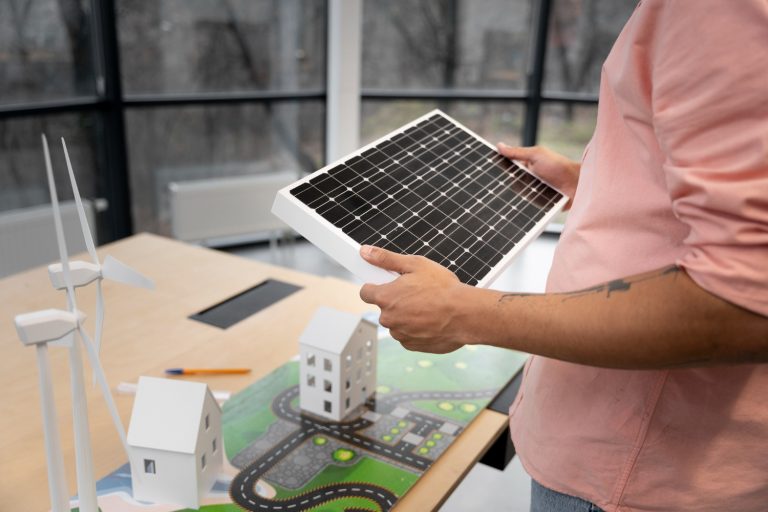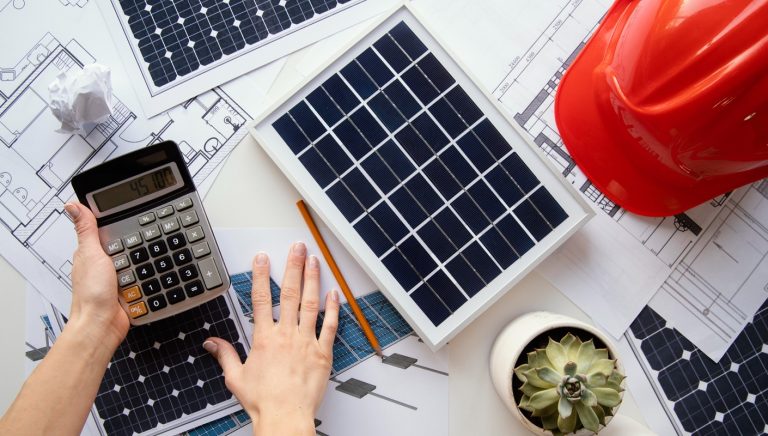As the world continues to embrace sustainable and renewable energy sources, solar power is gaining popularity at an unprecedented rate. In India, where ample sunlight is available throughout the year, solar system installations have become a feasible and economically viable option for both residential and commercial purposes. However, like any emerging technology, solar systems can raise several questions in the minds of potential users. In this blog, we will address some of the most frequently asked questions about solar system installation in India and provide expert answers to help you make an informed decision.
1. What is a solar system, and how does it work?
A solar system, also known as a solar photovoltaic (PV) system, converts sunlight into electricity. It consists of solar panels, which contain multiple solar cells that absorb sunlight and convert it into direct current (DC) electricity. This DC electricity is then converted into alternating current (AC) electricity through an inverter, making it usable for powering homes or businesses. The excess electricity generated can be stored in batteries or fed back into the grid.
2. How much space is required for solar panel installation?
The space required for solar panel installation varies depending on factors such as the capacity of the system, the available sunlight, and the orientation and tilt of the roof. On average, for a residential installation, 100-200 square feet of shadow-free rooftop space is typically sufficient to accommodate a 1 kW solar system. However, it’s advisable to consult with a solar expert who can evaluate your specific requirements and provide accurate estimations.
3. What are the financial benefits of installing a solar system?
Installing a solar system offers numerous financial benefits. Firstly, it significantly reduces your electricity bills as you generate your own electricity from sunlight. Secondly, the Indian government provides various incentives such as subsidies, tax benefits, and net metering policies to promote solar power. These incentives can significantly reduce the upfront costs and improve the return on investment. Additionally, any excess electricity generated can be sold back to the grid, further increasing your savings.
4. How long does a solar system last, and what about maintenance?
Solar panels have a lifespan of 25-30 years or more, depending on their quality and maintenance. They require minimal maintenance, primarily consisting of periodic cleaning to remove dust or debris. Most solar system providers offer warranties on their products, ensuring performance and reliability. It’s recommended to choose reputable manufacturers and installers to ensure long-term benefits and support.
5. Can a solar system function during power outages?
Traditional grid-tied solar systems without battery storage do not function during power outages. However, in recent years, battery storage solutions have become more accessible, allowing solar systems to operate independently during blackouts. These batteries store excess electricity generated during the day and provide power when the sunlight is not available, enabling uninterrupted electricity supply.
6. Are there any specific requirements for the roof to install solar panels?
While solar panels can be installed on various types of roofs, certain factors can affect their performance. Ideally, roofs should have a south-facing orientation with minimal shading throughout the day to maximize sunlight exposure. However, east or west-facing roofs can also be suitable, albeit with slightly reduced efficiency. Additionally, the structural integrity of the roof should be assessed to ensure it can support the weight of the solar panels.
7. What is the payback period for a solar system in India?
The payback period for a solar system depends on various factors, including the initial investment, the electricity consumption, and the cost of grid electricity in your area. On average, residential solar systems in India have a payback period of 4-7 years, after which the electricity generated is essentially free. Commercial installations may have shorter payback periods due to higher electricity consumption and larger system sizes.
8. Can solar panels withstand extreme weather conditions, such as hailstorms or heavy rain?
Solar panels are designed to withstand a range of weather conditions, including hailstorms, heavy rain, and high winds. They are typically made of tempered glass and undergo rigorous testing to ensure durability. Reputable manufacturers provide warranties that cover damage caused by weather events. However, it’s advisable to consult with the installer about the specific performance and warranty details of the solar panels you choose.
9. What permissions or approvals are required for solar system installation?
The permissions and approvals required for solar system installation may vary depending on your location. In general, you may need to obtain approvals from your local electricity distribution company (DISCOM) or state nodal agencies. It’s advisable to consult with a solar installer or contact the relevant authorities to understand the specific requirements and procedures for your area.
10. Can I install a solar system if I live in an apartment or a rented house?
If you live in an apartment, you may face certain challenges when it comes to solar system installation. However, some apartment complexes or housing societies are adopting shared solar models, where a collective solar system is installed to serve multiple households. If you live in a rented house, you can discuss the possibility of installing a solar system with your landlord and explore the potential benefits, such as reduced electricity bills or increased property value.
Remember, consulting with a solar expert or installer is crucial to get accurate and personalized answers to your specific questions and requirements.

